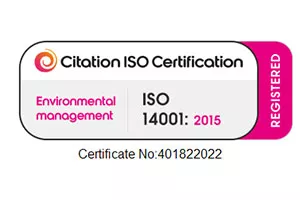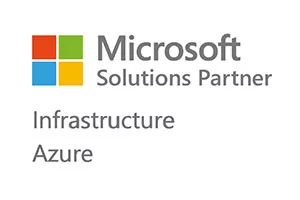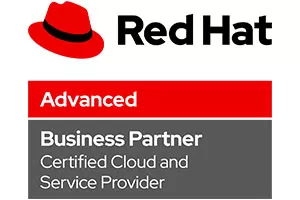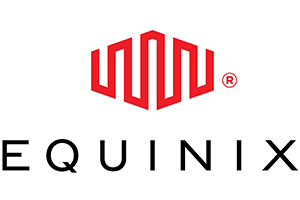
IT sustainability
Leaving behind a healthier footprint with tech.
Environmental responsibility shouldn’t be missed in your IT strategy. Discover how you can deploy more sustainable IT below.
Is IT Sustainability on Your Agenda?
Today, IT leaders say that environmental responsibility is extremely important when making decisions on platform choices system purchases – IT sustainability is being factored into their financial decisions.
Data centre consumption of energy, greenhouse gas emissions and managing e-waste are all considerations.
The campaign for sustainability exists alongside pressure to cut costs and improve operational agility, but fortunately these are not all mutually exclusive.
For more detailed description of our Sustainability work, please view our pledge here.
ISO 14001 Certification
We are proud to have met standard ISO 14001 which sets out the criteria for an environmental management system; view our certificate here.

What’s Holding You Back?
If you want to explore ways to adopt greener IT solutions then our highly specialist teams have decades of experience in many industries and can share their wisdom with you.
Get in touch with our specialists and let’s have a conversation about your IT sustainability goals.
How Can We Help?
"*" indicates required fields
Can You Reimagine Your Legacy?
There are many different paths an organisation can take when starting its journey to sustainable IT.
One of the most immediate and impactful methods is to pursue operational efficiencies where IT simply uses less. As Gartner noted in its research paper, ‘The Road to a Net Zero Data Center’ improving server utilisation levels is a significant way to reduce an enterprise’s carbon footprint. There is a “win-win” opportunity to reduce both cost and carbon emissions – research suggest that eliminating resource waste can reduce your energy use by up to 80%.
“Enterprises can reduce costs and carbon emissions with the right effort.”
Moving from on-premises or inefficient data centre hosting to a public cloud can also reduce carbon footprint significantly. Compared to in-house IT operations, Azure and AWS use their server systems with much greater attention to power optimisation and utilisation levels. They are able to share and dynamically allocate resources among multiple customers leading to less energy use for power distribution and cooling.
In the same way that moving 30 people in a bus uses less fuel than each person being their own cars, a pool of servers shared by a hundred companies will always be more carbon- and cost-efficient than having one server in each of a hundred data centres.
Fortunately, optimising cloud and data centre resources doesn’t mean a compromise between application performance and reducing carbon footprint.
Application resource management (ARM) tools can dynamically allocate precisely the right level of capacity according to demand. As demand peaks, additional resources can be added to assure the customer experience, but are then removed when the peak passes. By reducing unnecessary use of resources in real-time not only saves costs, but also improves the long-term energy consumption profile.
Recommended Topics for Sustainable IT
IBM Power Services
Run demanding workloads at peak performance on sustainable and reliable IBM servers.
Learn more
Application Modernisation
Achieve efficiency, reliability and performance like never before.
Learn more
Public Cloud Services
Pay as you grow with flexible, sustainable cloud consumption models.
Learn more
Unlocking Opportunity for our Clients

Retail
Pet Industry Retailer
Learn how this retailer sped up the delivery of new offerings to their target market to sustain growth.

Retail
SOLETRADER
Learn how premium shoe retailer SOLETRADER improved application performance to stay at the forefront of customer experience.

ISV
Finova
Learn how FinTech ISV Finova delivers highly available, secure solutions via the Microsoft Azure public cloud while satisfying banking regulations.




